Key in a search term below to search our website.
Key in a search term below to search our website.
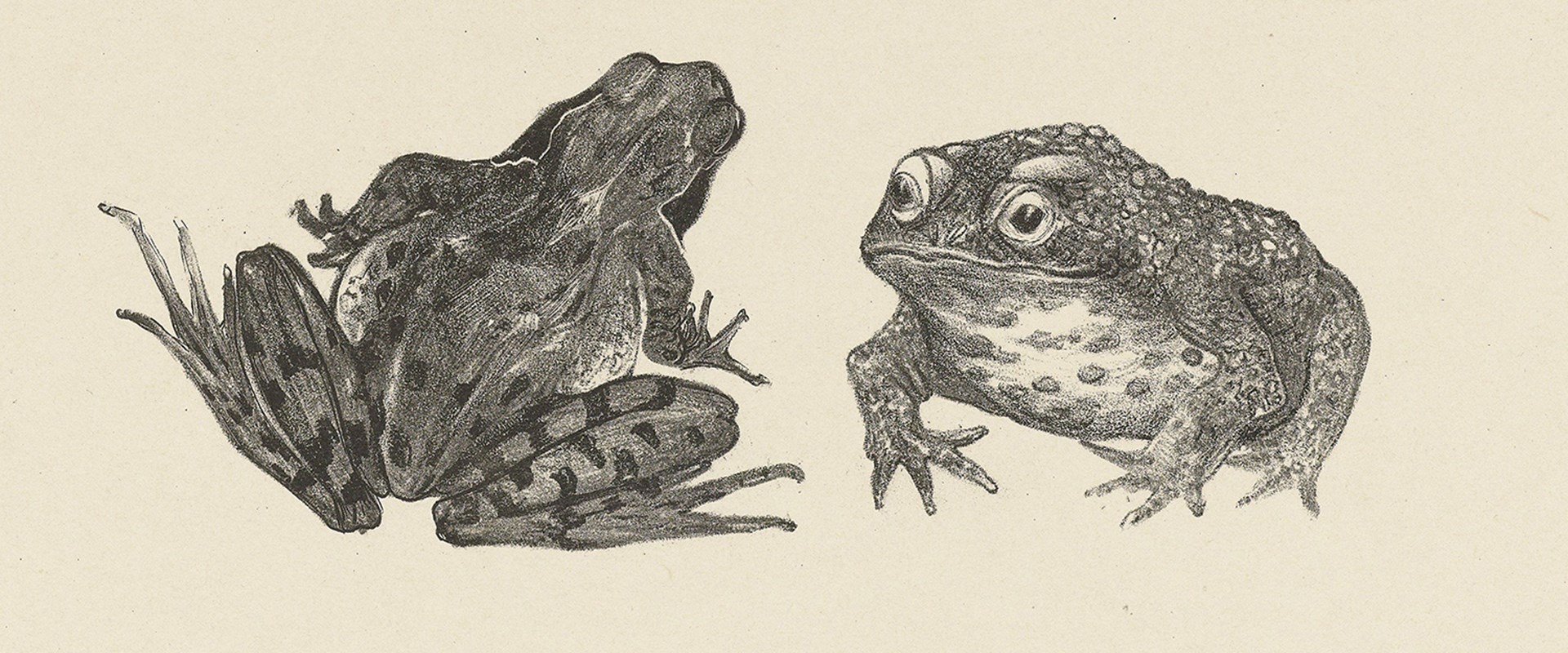
Ancient myth and superstitions cast these objects as magical Toadstones, but modern science tells us they are actually fossilised fish teeth that are over 200 to 100 million years old.
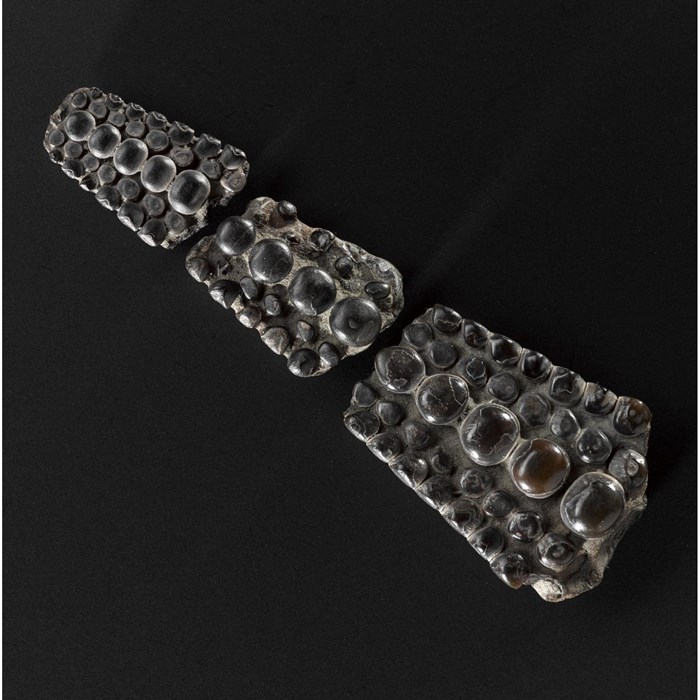
Fossil Lepidotes sp. from the Jurassic and Cretaceous Periods
Very few ancient scholars understood fossils as we do today. Some fossils were thought to be stones that bore a coincidental biological resemblance to animals or plants. They were collected for admiration rather than use.
Some were regarded as charms or amulets bearing magical or supernatural properties because of their unusual shapes and occurrence. They were thought to bring good luck and ward off evil whether in the present life or in the afterlife.
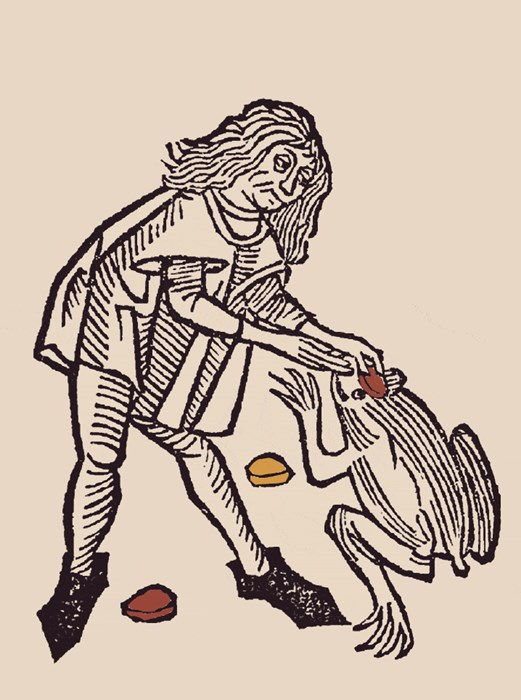
15th-century depiction of the extraction of a toadstone from the head of a living toad. This is an edited version of an image from Hortus sanitatis [2 Inc.s.a. 676], [Straßburg] [ca. 1497]. CC BY-NC-SA 4.0 Bayerische Staatsbibliothek.
“Sweet are the uses of adversity; Which, like the toad, ugly and venomous, Wears yet a precious jewel in his head.- William Shakespeare, As You Like It,1599
Toadstones are mythical stones that were thought to be found inside the head of a toad. They were believed to sweat, change colour or even heat up in the presence of poison. It was thought that a toadstone placed on bites from snakes, insects, spiders and shrews would extract poison from the wound.
The Book of Secrets from the 13th century recommends swallowing the stone to 'cleanse the bowels of filth and excrements'. The stone could then be retrieved and used again.
They were often made into charms and talismans - a practice that continued in Europe until the 18th century.
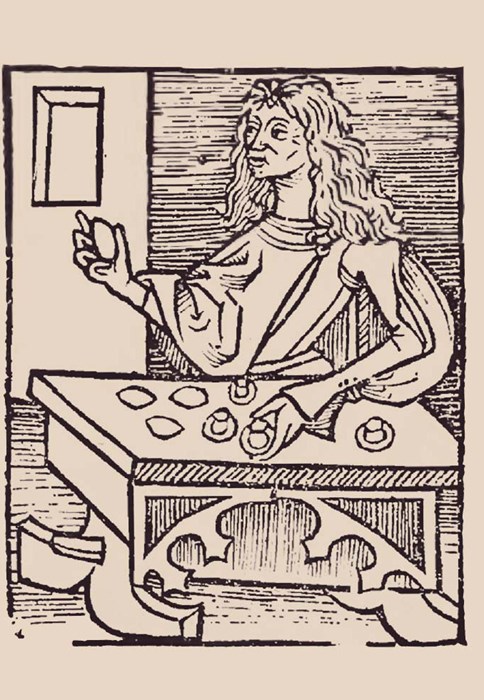
15th-century illustration showing the setting of a toadstone into a ring to use as a talisman for protection against poison. This is an edited version of an image from Hortus sanitatis [2 Inc.s.a. 676], [Straßburg] [ca. 1497]. CC BY-NC-SA 4.0 Bayerische Staatsbibliothek.
Toadstones are actually the fossilised teeth of Lepidotes, an extinct type of fish common in the Jurassic and Cretaceous Periods, 200 to 100 million years ago.
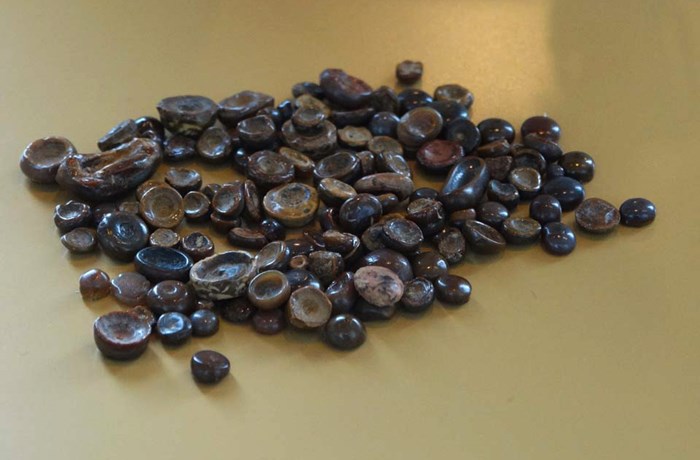
Over twenty specimens of Lepidotes sp. G.2016.26.1